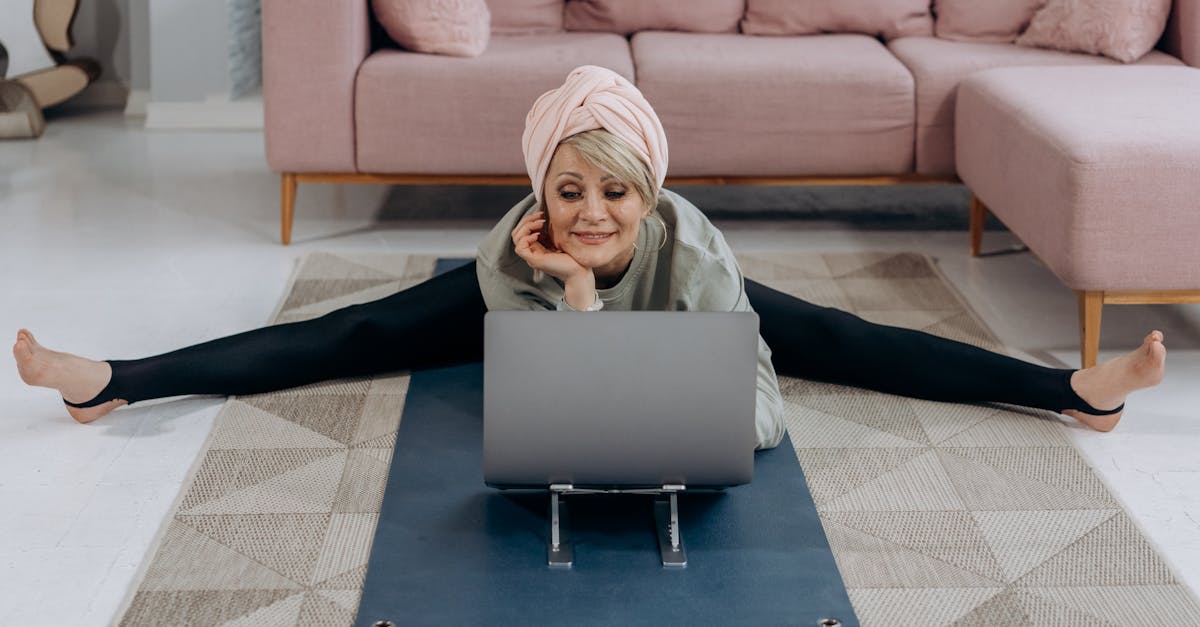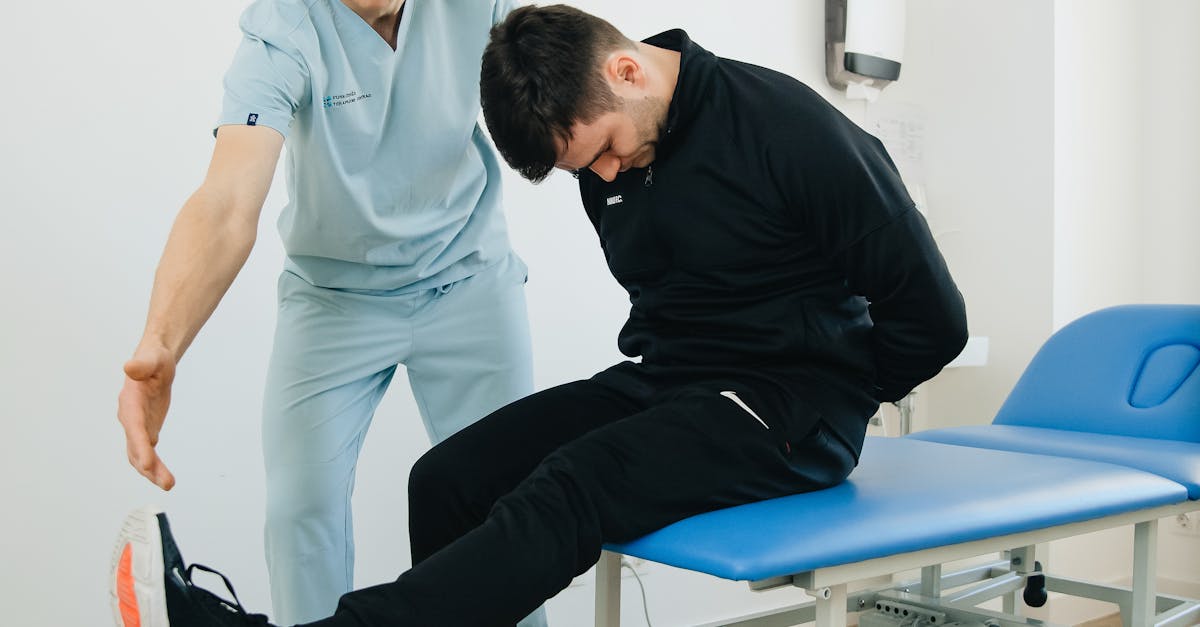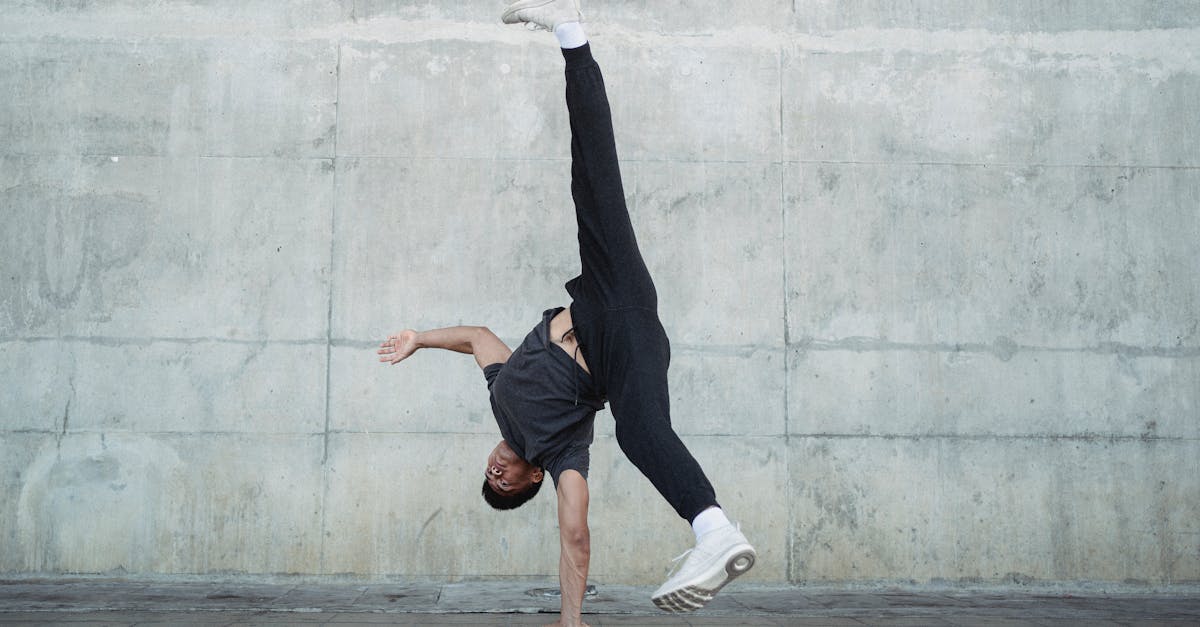How to Stretch Tight Front Hip Flexors
Unveiling the Freedom Within: A Journey to Flexible Hip Flexors

Unlocking Freedom: A Comprehensive Guide to Banishing Tight Front Hip Flexors
Front hip flexors, often overlooked yet essential muscles that connect the thigh to the pelvis, play a pivotal role in our daily mobility and overall well-being. However, due to modern sedentary lifestyles and poor posture, these muscles frequently become tight and restricted, leading to discomfort, limited range of motion, and reduced athletic performance. This comprehensive guide offers a roadmap to effectively address this common issue, providing practical stretches, preventive measures, and recovery strategies to restore and maintain optimal hip flexor health.
Unveiling the Hidden Consequences of Negligence
Tight front hip flexors are not merely an inconvenience; they can have far-reaching implications for our physical health. Prolonged neglect can lead to a domino effect, causing imbalances in the muscular system and postural misalignments. Knee pain, lower backaches, and even balance issues can emerge as a result. Embracing a proactive approach to stretching and strengthening these muscles is paramount to safeguard against such undesirable consequences.
1. Why Front Hip Flexors Get Tight
Why Front Hip Flexors Get Tight: Unraveling the Causes
The causes of tight front hip flexors are multifaceted, often stemming from a combination of factors related to our daily habits and physical activities. A predominantly sedentary lifestyle, characterized by prolonged sitting and lack of movement, can lead to muscle shortening and tightness. When the hip flexors are not regularly stretched and engaged, they gradually lose their flexibility and become more prone to discomfort.
Poor posture is another major culprit contributing to tight hip flexors. Prolonged slouching or hunching forward, whether at a desk, in a car, or while using electronic devices, can place excessive strain on these muscles. Over time, this sustained imbalance can cause them to become tight and overactive, leading to discomfort and reduced mobility.
Certain exercises, particularly those involving repetitive hip flexion, can also contribute to tight hip flexors. Activities such as cycling, running, and climbing stairs, while beneficial for overall fitness, can strain these muscles if not performed with proper form or accompanied by adequate stretching. Additionally, individuals whose occupations require prolonged standing or squatting may also experience tightness in their hip flexors.
2. Importance of Stretching Front Hip Flexors

Importance of Stretching Front Hip Flexors: Unlocking the Benefits
Stretching the front hip flexors offers a multitude of benefits for both our physical well-being and overall quality of life. Regular stretching can effectively reduce pain and discomfort caused by tight hip flexors. When these muscles are elongated and relaxed, tension is released, alleviating aches and pains in the hips, knees, and lower back. Improved mobility is another key advantage of stretching the front hip flexors. By increasing the range of motion in the hips, stretching enhances our ability to perform everyday activities, such as walking, climbing stairs, and squatting, with greater ease and comfort.
Furthermore, stretching the front hip flexors contributes to better posture. Tight hip flexors can pull the pelvis forward and cause an excessive arch in the lower back, leading to poor posture and potential pain. Stretching these muscles helps to restore proper pelvic alignment, promoting a more balanced and upright posture. Regular stretching can also improve athletic performance, especially in activities that require hip flexion, such as running, cycling, and swimming.
3. Stretches for Front Hip Flexors
Stretches for Front Hip Flexors: Releasing Tension and Restoring Mobility
To effectively address tight front hip flexors, incorporating targeted stretches into your routine is essential. These stretches aim to elongate and relax these muscles, promoting greater flexibility and range of motion. One highly effective stretch is the kneeling hip flexor stretch. To perform this stretch, kneel on one knee, with the other leg extended out in front of you. Gently lean forward, keeping your back straight, until you feel a stretch in the front of your hip. Hold this position for 20-30 seconds, then repeat on the other side.
Another effective stretch is the standing quad stretch. Stand with your feet hip-width apart, and grab the top of one foot with the hand on the same side. Pull your heel towards your buttocks, keeping your knee bent and your thigh parallel to the floor. Hold this position for 20-30 seconds, then repeat on the other side. It is important to note that these stretches should be performed gently and gradually, avoiding any sudden or forceful movements that could cause injury.
4. Dynamic Stretches for Warm-ups

Dynamic Stretches for Warm-ups: Preparing the Hip Flexors for Activity
Before engaging in any physical activity, it is crucial to prepare the body through dynamic stretches. These movements aim to activate and warm up the muscles, improving their range of motion and reducing the risk of injuries. Dynamic stretches for the hip flexors specifically target these muscles, ensuring they are ready for the demands of exercise.
One effective dynamic stretch is the hip flexor lunge. Start by standing with your feet hip-width apart. Take a step forward with one leg and lower your body until your back knee is close to the ground. Keep your front knee aligned above your ankle and your torso upright. Hold this position for a few seconds, then push back up to the starting position. Repeat on the other side.
Another beneficial dynamic stretch is the leg swing. Stand with your feet shoulder-width apart. Swing one leg forward and back, keeping your knee slightly bent. Gradually increase the height of the swing, ensuring to keep your core engaged and your back straight. Repeat on the other side.
5. Additional Tips for Prevention and Recovery
Additional Tips for Prevention and Recovery: Safeguarding Hip Flexor Health
In addition to regular stretching and warm-ups, incorporating certain lifestyle modifications and home remedies can help prevent and address tight hip flexors. Maintaining good posture is paramount. Avoid slouching or hunching forward for prolonged periods, as this can strain the hip flexors. When sitting, ensure your feet are flat on the floor and your knees are at a 90-degree angle.
Using a foam roller can also be beneficial for preventing and recovering from tight hip flexors. Foam rolling involves applying pressure to specific muscle groups using a cylindrical foam roller. By rolling over the hip flexors, you can help release tension, improve circulation, and promote muscle recovery. Place the foam roller under your thigh, just above your knee, and gently roll back and forth, applying pressure as needed.
Regular exercise, including activities that strengthen the hip flexors, is another effective preventive measure. Exercises such as squats, lunges, and step-ups can help build strength and flexibility in these muscles. However, it is important to perform these exercises with proper form and gradually increase the intensity to avoid straining the hip flexors.
Quiz: Test Your Hip Flexor Knowledge
- Which of the following is a common cause of tight hip flexors?
(a) Sedentary lifestyle (b) Poor posture (c) Excessive exercise (d) All of the above
-
True or False: Stretching the front hip flexors can help reduce pain and improve mobility.
-
Which of the following is an effective dynamic stretch for preparing the hip flexors for activity?
(a) Hip flexor lunge (b) Standing quad stretch (c) Knee-to-chest stretch (d) Hamstring stretch
-
True or False: Using a foam roller can help prevent and recover from tight hip flexors.
-
Which of the following lifestyle modifications can help maintain healthy hip flexors?
(a) Regular exercise (b) Maintaining good posture (c) Avoiding prolonged sitting (d) All of the above
Answer Key
- (d) All of the above
- True
- (a) Hip flexor lunge
- True
- (d) All of the above
